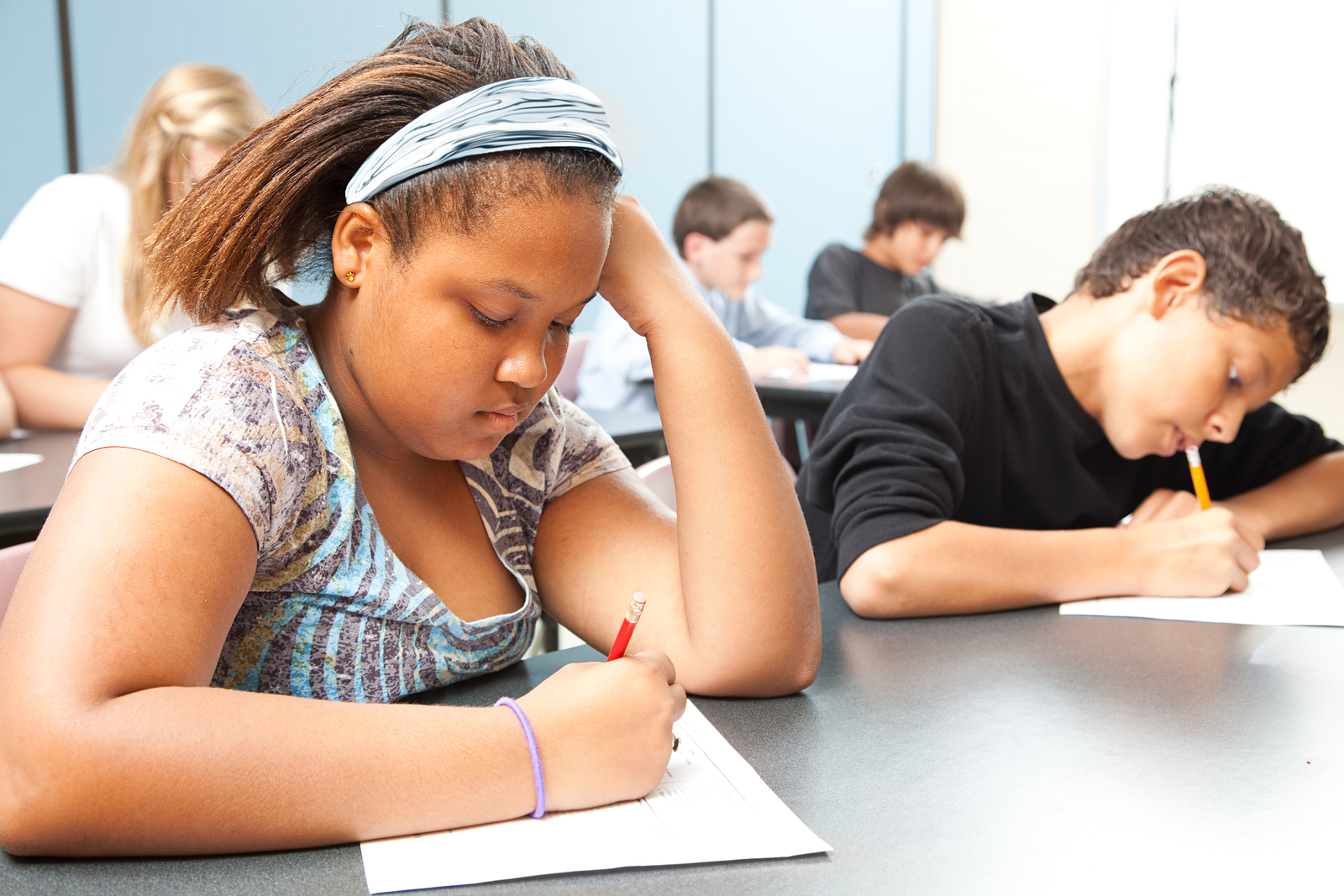New Analysis Ranks New Hampshire’s Public Schools in Top 10

New Hampshire public schools rank among the top 10 in the nation, according to the data analysts at Wallethub.
Using metrics like academic performance, safety, class size, funding, and instructor credentials, the analysis ranked the Granite State as having the nation’s seventh-best school system.
Among New England states, known for high-performing schools, the Granite State ranked third, behind Massachusetts (1) and Connecticut (2). Vermont came in at 11, Maine at 12, and Rhode Island at 16.
New Hampshire tied for fourth when it came to having the highest median ACT scores, the standardized test that gauges English, mathematics, reading, and scientific reasoning skills and is used for many college admissions. New Hampshire also ranked fourth in best reading scores and third for student-teacher ratio.
New Hampshire does, however, rank poorly when it comes to having a high bullying rate, ranking 47 out of 48 on a best to worst scale.
Despite the two current school funding lawsuits in the state, WalletHub finds New Hampshire to be among one of the bigger spenders in education. It spends about $16,000 per pupil on average, a little less than Massachusetts’s $17,000, and significantly less than Connecticut’s more than $20,000 per pupil.
Rhode Island spends about $16,000 per pupil, and Maine around $14,000. Vermont spends the least among New England states, averaging $9,300 per pupil.
School spending is not the key factor in having a high-quality education. According to Purdue’s Christine Kiracofe, the director of the university’s Higher Education Ph.D. program, the family and neighborhood count for more than the per pupil spending.
“A lot has to do with how the communities and families that students come from are supported,” Kiracofe said. “When students come to school having had access to an educationally supportive community (access to preschool programs, opportunities for extracurricular learning, museums, educational camps, etc.) they are at a distinct advantage over students who have not had access to these things. Thus, increasing school quality really involves increasing what is available to entire communities.”
Like many states, New Hampshire public schools took a hit during the COVID-19 restrictions, with many students falling behind due to remote learning. Those education gaps are starting to improve, the New Hampshire Department of Education reports.
According to the DOE, 2022 test scores are already showing an improvement over the 2021 data, which recorded declines in student performance at every grade tested.
This year, however, New Hampshire students in grades three through seven improved their math assessment scores while eighth-grade math scores remained the same. Proficiency scores showed slight gains with 51 percent of third-graders proficient in math in 2022 compared to 45 percent proficient in 2021.
The older grade levels showed slight declines in English proficiency in 2022, with 49 percent of seventh graders scoring proficient in 2022 compared to 52 percent in 2021. A similar scenario occurred with 46 percent of eighth graders scoring proficient in English in 2022 compared to 49 percent in 2021.
“Assessment scores are inching upward and returning to near pre-pandemic levels, but it is clear that there is still work to be done to recover from the academic declines that resulted from COVID-19. New Hampshire has not fully regained ground, but these early signs of improvement are promising,” said Frank Edelblut, education commissioner.



